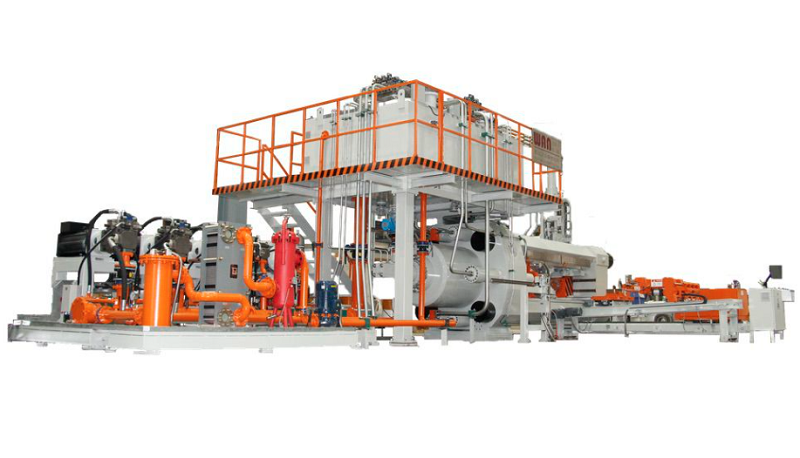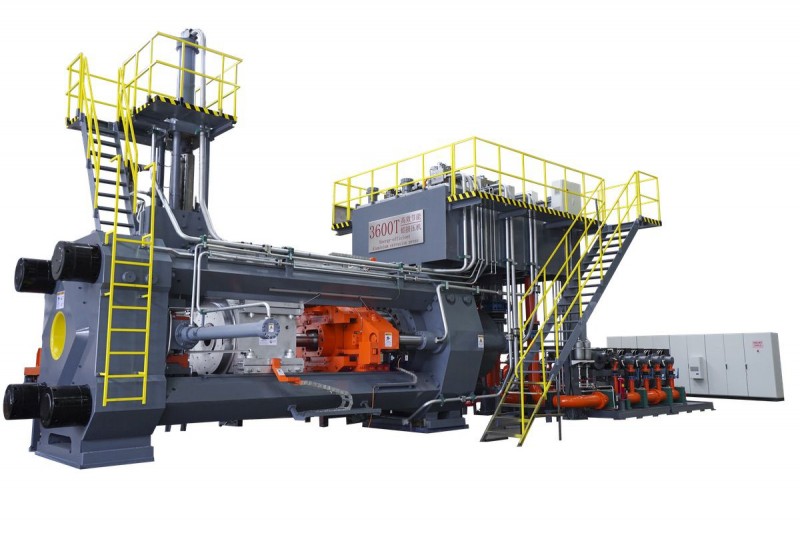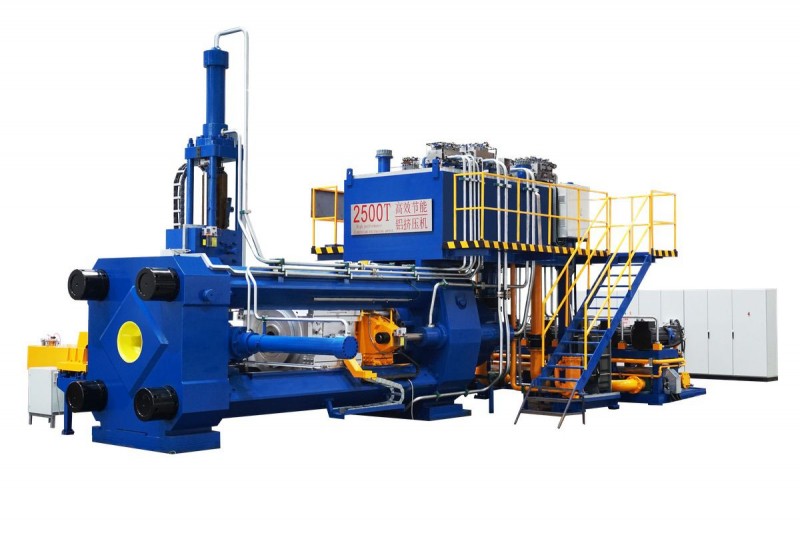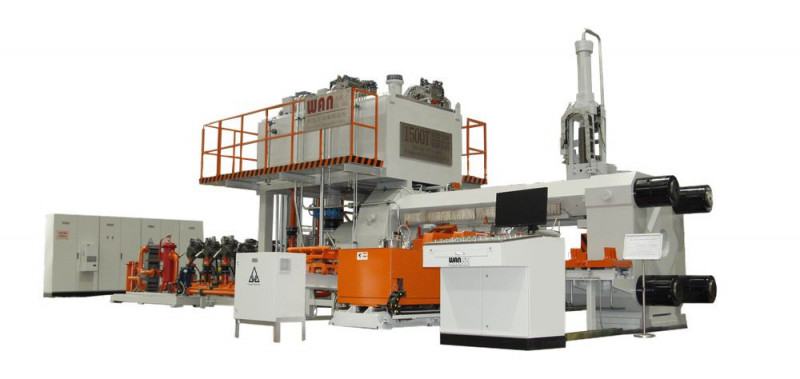The development of the aluminum industry is increasing every day, leading to the emergence of many businesses. These developments call for higher and higher demands for aluminum profile quality, and the olden aluminum extrusion equipment can’t meet the requirements of the industry.
You can apply the energy-saving and high-efficiency aluminum extrusion system independently developed by Wangeshi company to the sector of high-end profiles.
Let’s learn how an extruder machine works.

An extruder is an equipment that pulls or pushes a material via a die to form a constant product length with a preset cross section. The extrusion process is employed to manufacture many industrial products, such as aluminum.
During the extrusion process, the extruder machine provides numerous advantages, like a wide array of possible complex cross-sections and the ability to create brittle materials. Based on the material you use; the extrusion machine might form a cold or hot material by completely melting some materials before extrusion.
You will first machine a round-shaped die. Or, if you already have one that’s available, pull it from the warehouse. Before starting the extrusion process, preheat your die to around 450-500 0C. It ensures an even metal flow and maximizes the die life. After preheating, you should add your die inside the extrusion press.
Secondly, cut the aluminum billet, a thick aluminum alloy cylindrical block, from a lengthy material log. Now, preheat it using an oven to around 400-500 0C. The process will make the aluminum billet well-malleable to do the operation. Also, it ensures that it’s not molten.
After you preheat the billet, move it mechanically into the extrusion press. However, ensure to put a lubricant before putting it inside the press. More so, apply some release agent to the machine's extrusion ram. A process that will protect the billet and ram from adhering together.
The malleable billet is now in the extrusion press at this time. Here, the hydraulic ram has a pressure capacity of around 15,000 tons. The malleable billet is forced into the container by the pressure. Then, the aluminum components grow to fill the container's walls.
Now that the container's wall is filled with aluminum, it’s forced against an extrusion die. At this moment, the material is continuously under pressure. The only way it can move is via the die openings. It comes out of the die's apertures with a precisely formed shape.
After the extrusion emerges, a puller keeps it in place. Once it comes out of the press, the puller shields it. A water bath or fan uniformly cools the profile as the alloy travels along the table. A procedure referred to as "quenching."
Employ a hot saw to shear the extrusion immediately after it reaches the table's total length. Throughout the entire extrusion process, temperature is crucial. Even though the extrusion was quenched after exiting the press, it hasn't completely cooled.
The machine moves the extrusions from the runout table to a cooling plain after the shearing operation. Until they reach room temperature, the profiles remain there.
You start noticing several twists in the material shapes at this stage, and you must correct that. To fix this, you require a stretcher. Mechanically, hold every profile on both sides and pull them until they are straight, a process that brings them to specification.
After the extrusions become work-hardened and straight, you can move them to the saw table. You cut them into specific lengths, mainly between 8-21 feet.
After the sawing procedure, transfer the extrusions to the oven for aging to the proper temperature, T6 or T5.
It includes heat treatment, fabrication, and surface finishing. After the extruder finalizes the process, treat the profiles using heat to enhance their properties.
The following step after the treatment is fabricating them if there’s a requirement to correct the measurements. Also, adding the surface finish would help boost their look and corrosion resistance elements.
As a manufacturer or organization owner, you might have overheard about the extrusion machine, but you’ve been unsure what it is and how it operates. For that reason, you may be sitting on the fence about whether the device would be of great use in your company. After covering all that in this guide, we are sure you intend to invest in one.
Wangeshi is committed to providing solid solutions to traditional technical issues and bringing new surprises to aluminum profile producers via constant technological innovation. Reach out to them and benefit from their extruder machines.


